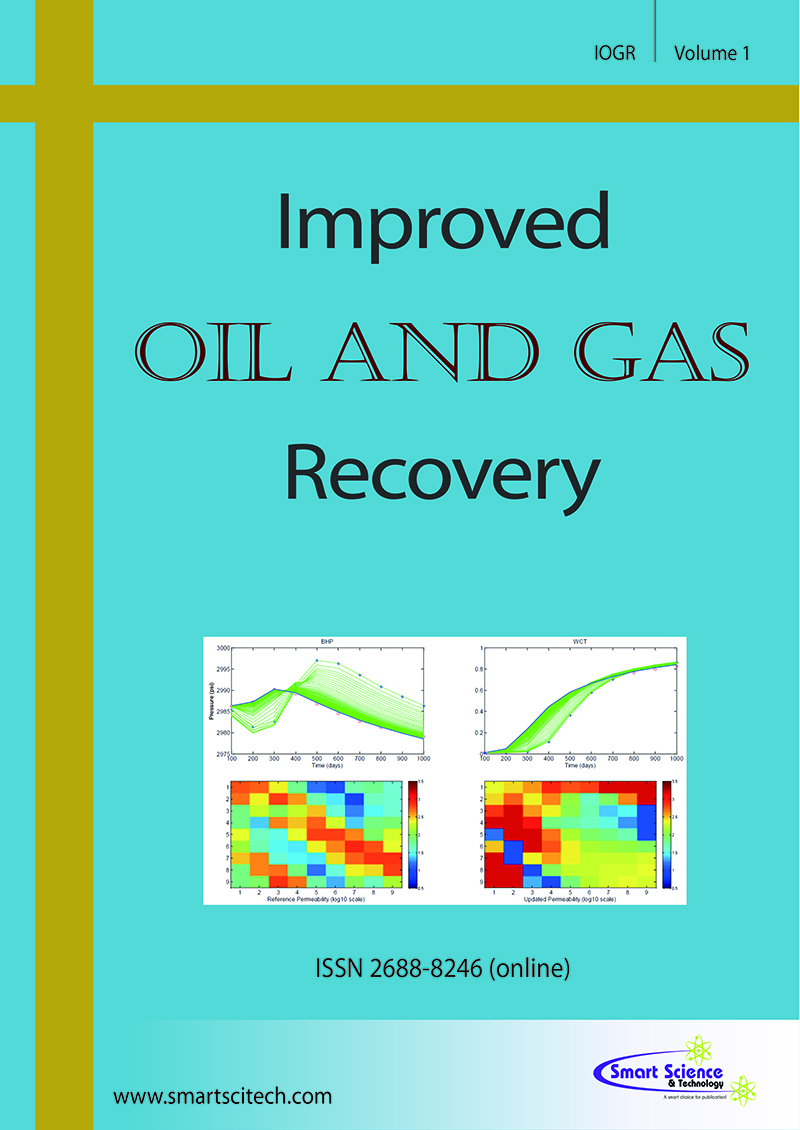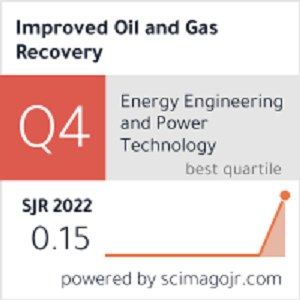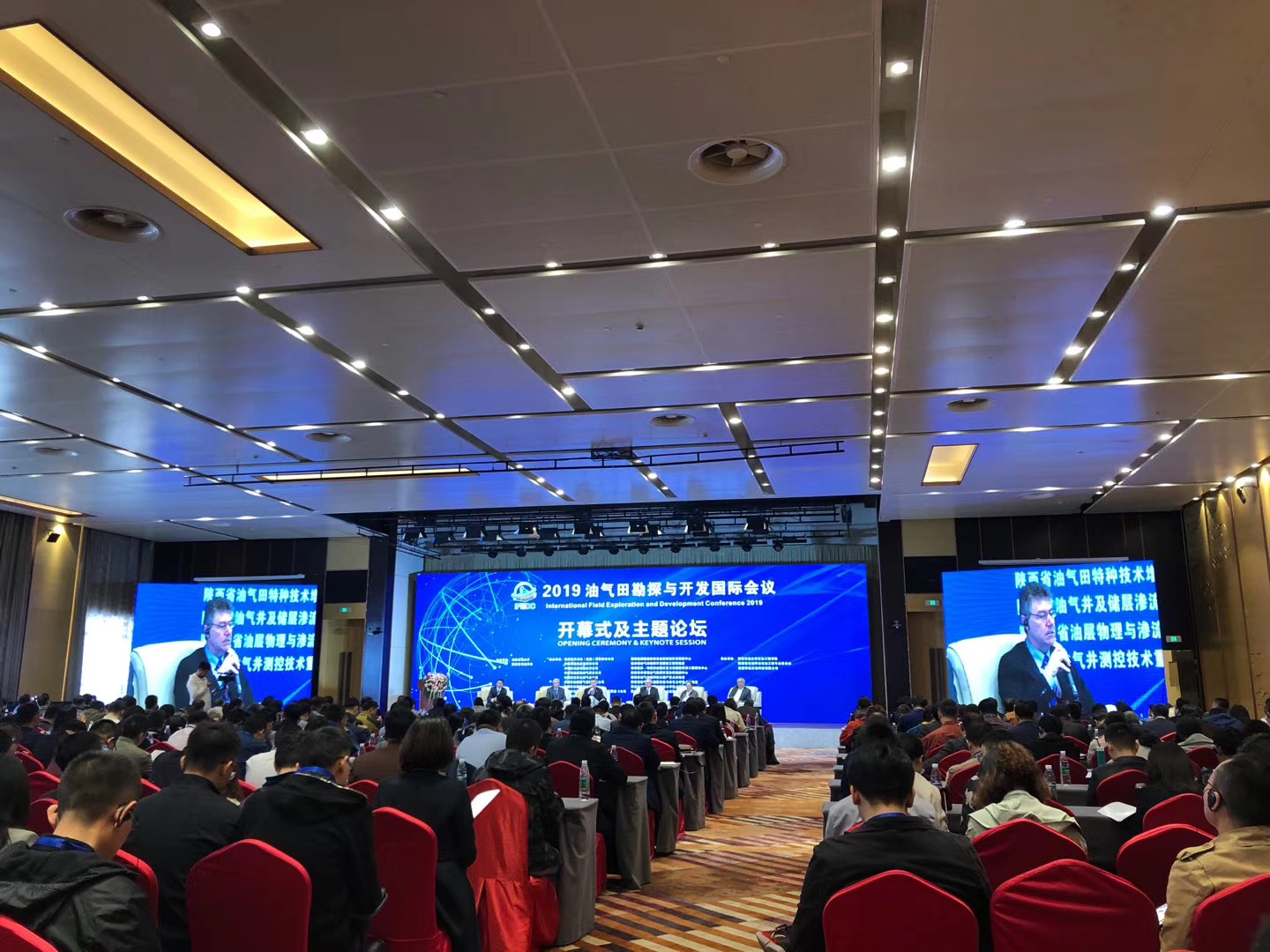Application of Numerical Well Testing Technology in Strong Anisotropic Sandstone Gas Field
DOI: 10.14800/IOGR.457
Abstract
Sulige gas field in the Ordos Basin, a typical tight sandstone gas field with great heterogeneity, has difficulties in its development because its reservoirs are featured by small-scale effective sandbodies, rapid changes, strong horizontal heterogeneity, and poor connectivity. Analytical well testing widely used in Sulige gas field has limitations. Numerical well testing, which provides a way of tuning a static model with dynamic well testing information, can more accurately estimate reservoir parameters and wellbore effects, and improve the understanding of different types of gas seepage theory.
This study compared the difference between numerical well testing and analytical well testing, and summarized the key points of numerical well testing analysis technology, formed technical ideas of numerical well testing, proposed an interpretation workflow on the typical numerical well testing, and estimated the distribution of the main parameters, such as effective permeability reservoir, fracture half-length, and fracture conductivity, and so on. The interpretation results from various vertical and horizontal wells can deepen the understanding of reservoir and provide valuable technical support for stable gas production.
A Correction to this article was published on October 21, 2021.
Downloads
Published
How to Cite
Issue
Section
License
Copyright (c) 2020 The Author(s)

This work is licensed under a Creative Commons Attribution 4.0 International License.












